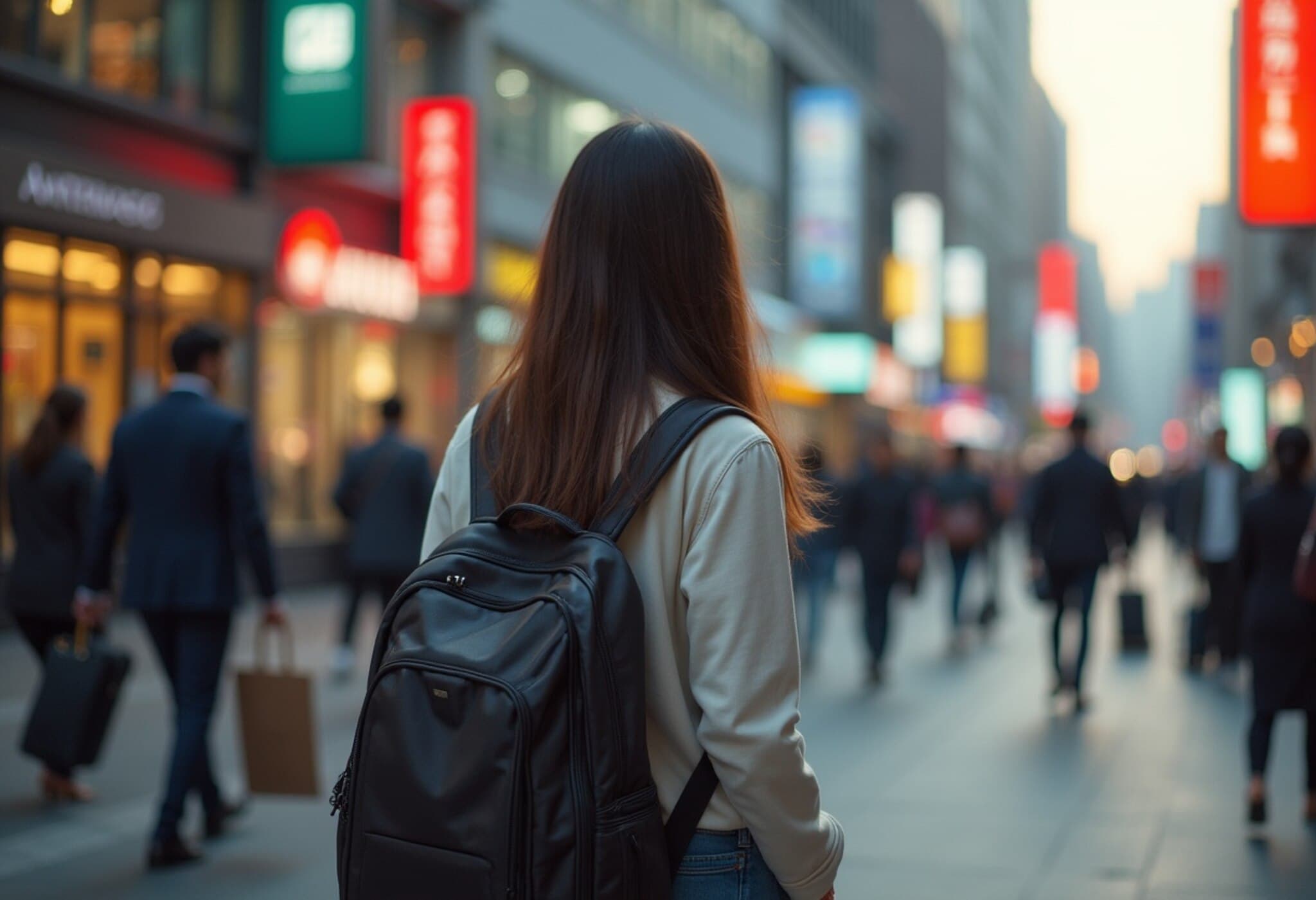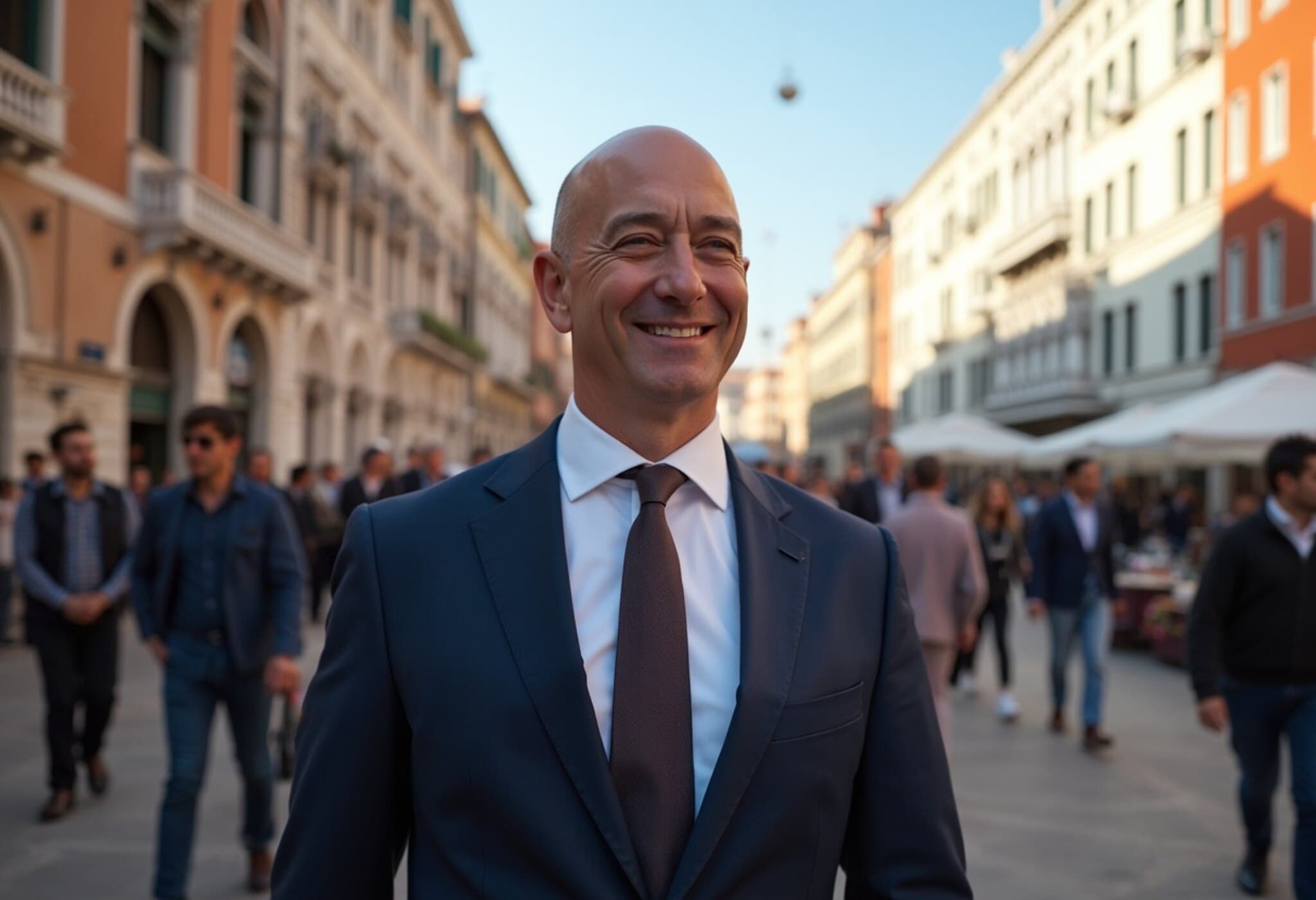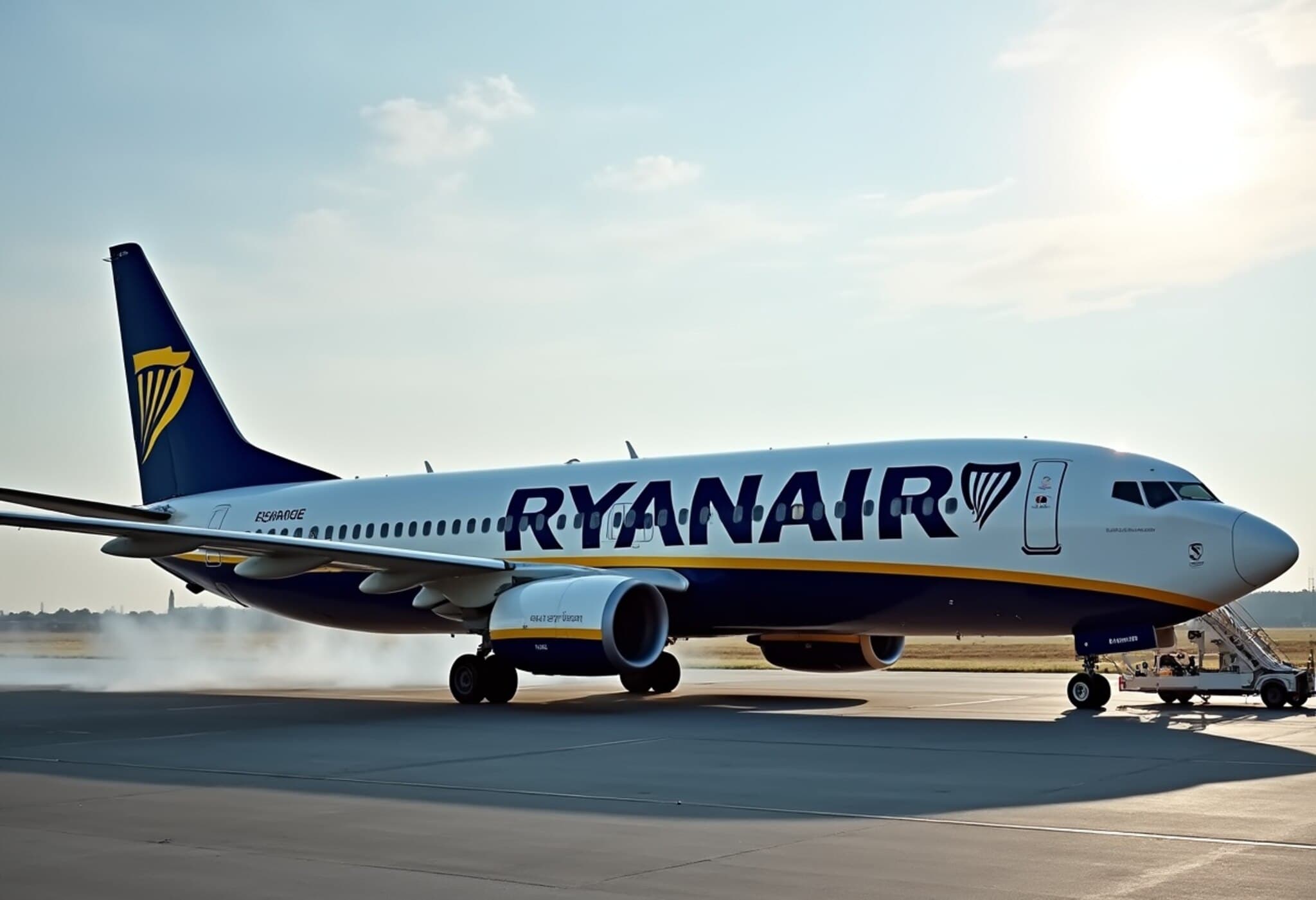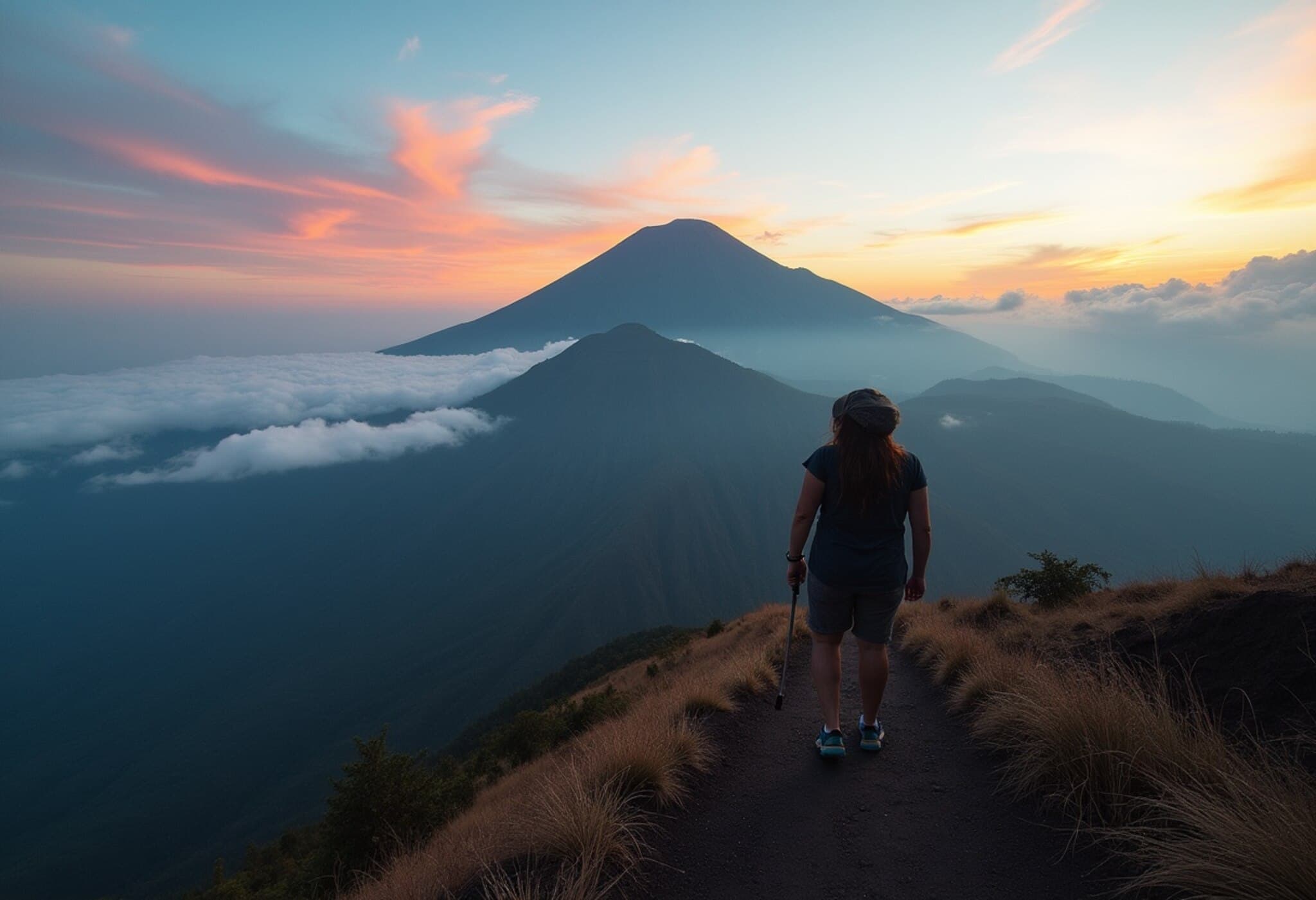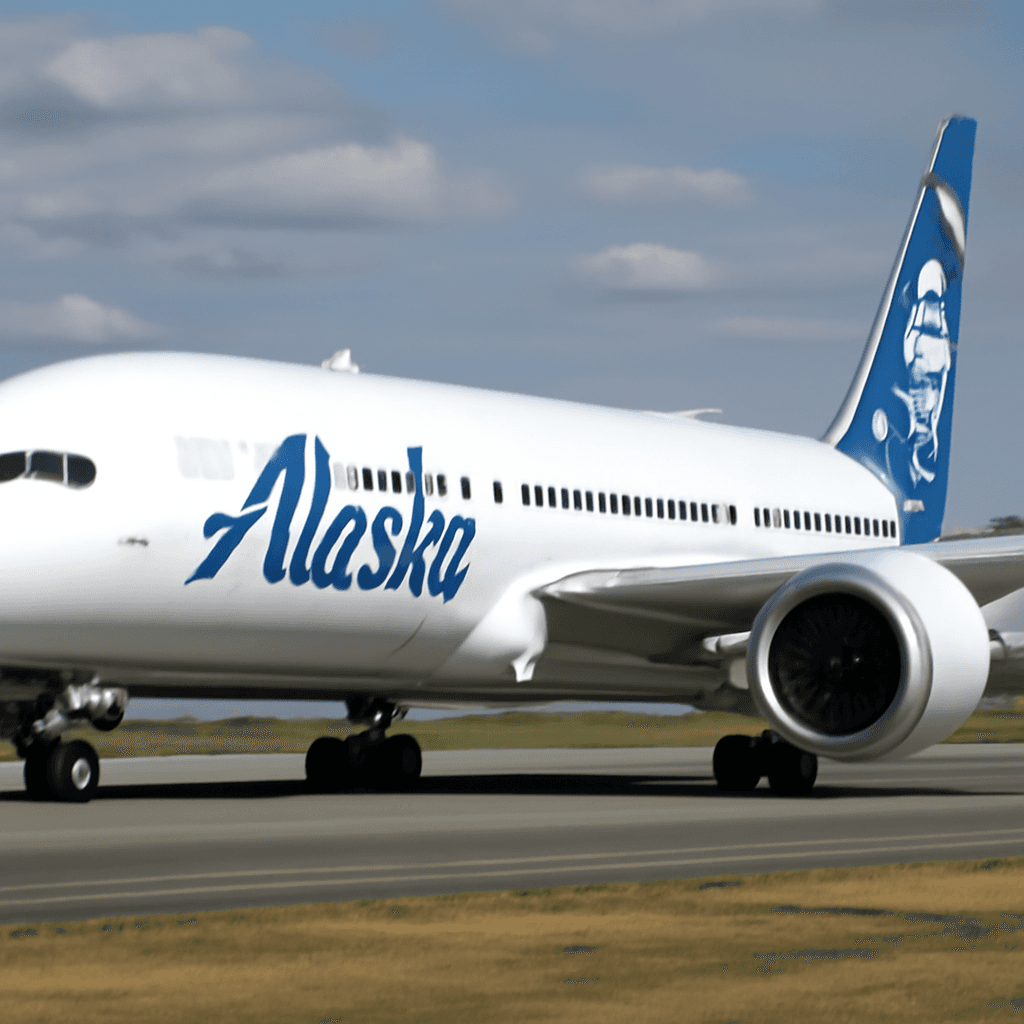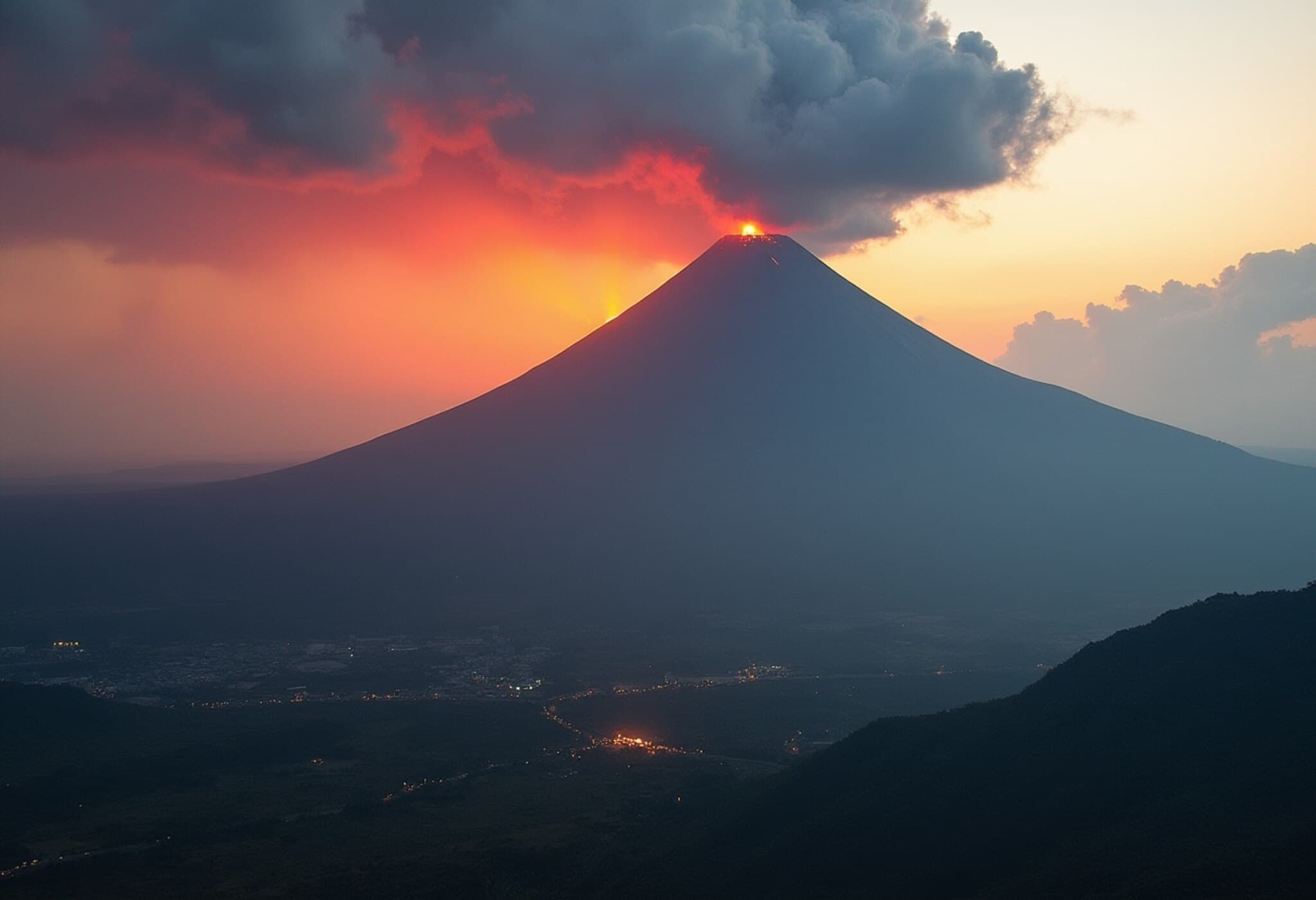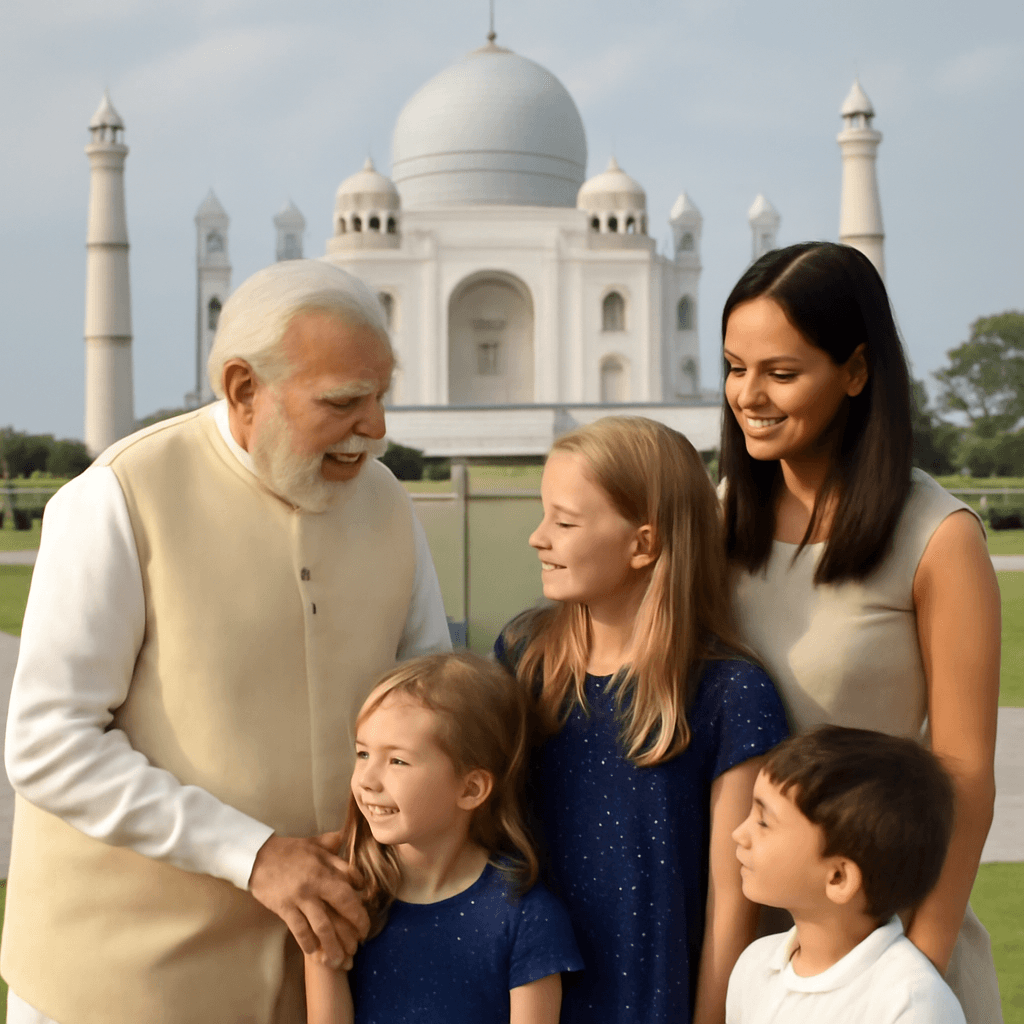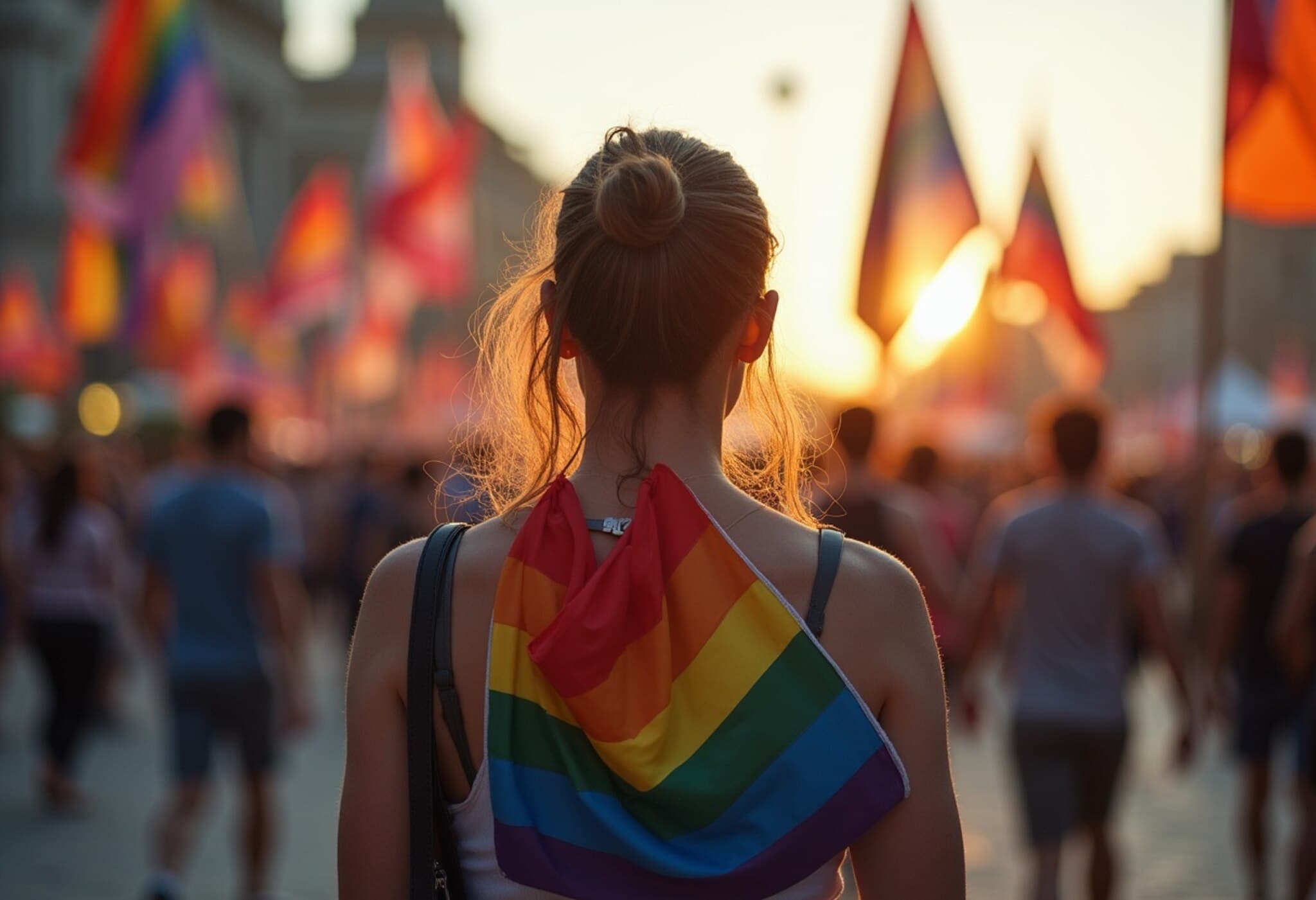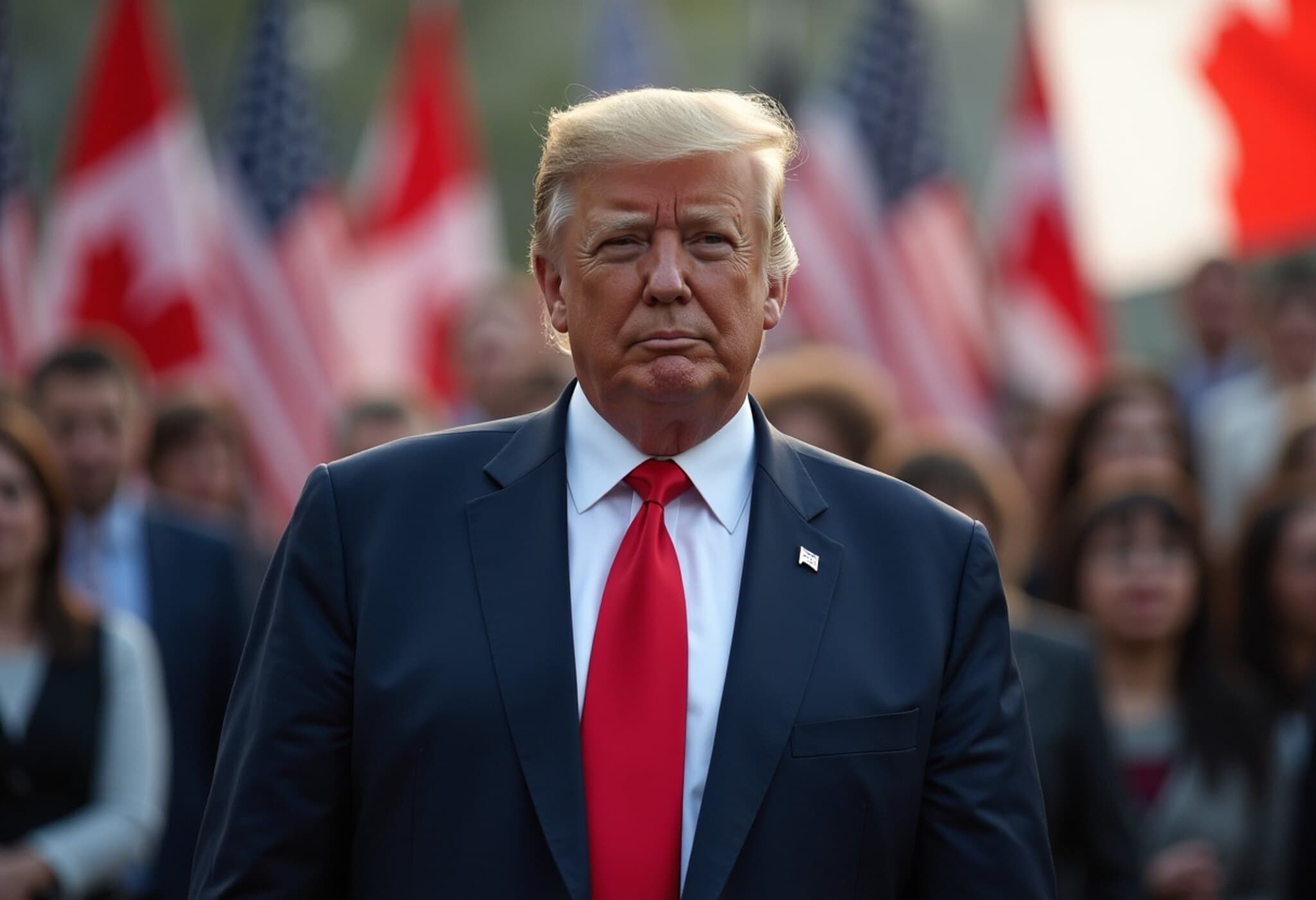Growing Concerns Among Southeast Asians Dampen U.S. Travel Appeal
In a year marked by complex geopolitical signals and shifting social climates, travelers from Southeast Asia are increasingly hesitant about visiting the United States. A recent survey of 6,000 travelers across Singapore, Indonesia, Vietnam, Thailand, the Philippines, and Malaysia reveals nearly 80% believe the U.S. is losing its attractiveness as a travel destination.
While global travelers often cite economic factors like tariffs and unfavorable exchange rates as deterrents, Southeast Asians reveal a more nuanced set of concerns. More than cost, issues such as potential discrimination, the lingering impact of policies from the Trump administration, and worry over gun violence weigh heavily on their minds.
Safety and Social Climate Outweigh Politics
The emphasis on safety over politics signals a shift in traveler priorities. One in four respondents admitted their interest in visiting the U.S. declined in the past six months. Young travelers, particularly impacted by news of U.S. border policies and tariffs, show both heightened awareness and cautious optimism, remaining more inclined than older generations to consider U.S. visits.
As Southeast Asians navigate a complex geopolitical environment, these concerns mirror broader anxieties about cultural acceptance and personal security in a foreign country, especially amid rising global debates on immigration and social inclusion.
Country-Specific Trends: Diaspora Ties and Aspirations Fuel Travel Interest
Interestingly, despite overall hesitancy, travelers from Vietnam (57%) and the Philippines (49%) express growing enthusiasm about traveling to the U.S. in recent months.
Expert commentary from Zilmiyah Kamble, a senior lecturer in hospitality and tourism management at James Cook University, attributes this partly to robust diaspora communities. As of 2024, Filipinos are the third-largest immigrant group in the U.S., while Vietnamese rank eighth, according to Pew Research Center data. Family ties naturally foster travel interest, but so does the enduring allure of American culture, propagated globally through entertainment and media.
Filipina traveler Pinky David, who frequently visits the U.S. for work and family, echoes this sentiment: "The majority of Filipinos still view America as an appealing destination."
Conversely, Singaporeans show the strongest retreat, with 55% reporting diminished interest since last November and only 7% expressing increased travel intent, reflecting unique local attitudes or alternative travel preferences.
Tariffs and Trade Policies Cast Shadows
The survey also highlights Vietnam's sharp sensitivity to recent trade dynamics. Following the 2025 tariffs announced by the Trump administration — imposing a 46% levy on Vietnamese imports before adjustments — interest and perceptions have been notably affected. This intersection of trade policy and tourism sentiment underscores how economic decisions reverberate beyond markets into people-to-people connections and travel behaviors.
The Bigger Picture: Global Sentiment Toward U.S. Travel
These Southeast Asian insights align with broader international trends. A March 2025 YouGov report documented a sharp global decline in buzz and positive impressions of the U.S. as a travel destination, with regions like Europe and the Middle East reporting net negative sentiment.
Despite this, the number of travelers considering the U.S. for upcoming trips remained surprisingly stable, indicating a complex interplay between perception and intention.
The post-2024 election environment created an intriguing paradox; regions such as the UAE, India, Hong Kong, and Poland increased their interest in American visits, while others like Singapore, Canada, and parts of Europe showed the opposite trend. Overall, a 13% drop in global interest was recorded.
Social Media Reveals Contrasting Views
Further color comes from analysis by Sprout Social, which tracked over 87,000 social media mentions concerning U.S. travel across platforms including X, YouTube, and Reddit. Nearly 50,000 mentions originated from Canada, with 45% reflecting negative sentiment.
Meanwhile, India’s digital conversations were predominantly positive or neutral (96%), suggesting regional variations in perception are substantial and driven by local contexts.
Most strikingly, the U.S. itself showed the highest concentration of negative discourse online regarding domestic travel sentiment, reflecting internal debates about safety, inclusivity, and national identity.
Implications and Reflections
The changing mindset among Southeast Asian travelers serves as a microcosm for broader global trends where safety, social climate, and cultural perceptions increasingly dictate international travel decisions. Policy makers and tourism stakeholders in the U.S. face the challenge of addressing these anxieties through concrete actions.
Understanding the layered nature of travel intent — beyond economic factors to the human elements of belonging, safety, and respect — offers a compelling avenue to rebuild trust and reinforce the U.S.’s soft power on the world stage.
Key Takeaways
- Safety and discrimination concerns now overshadow economic considerations among Southeast Asian travelers when weighing U.S. trips.
- Strong diaspora connections bolster travel interest in countries like Vietnam and the Philippines, underscoring cultural and familial influences.
- Trade policies and political rhetoric have a tangible impact beyond economics, shaping traveler sentiment and willingness to visit.
- Global online and social media discussions reveal diverse, sometimes conflicting perceptions of U.S. travel worth exploring further.
Editor’s Note
As international tourism rebounds in a post-pandemic world, the evolving perceptions of the U.S. among key Asian markets highlight that attracting travelers is no longer simply about competitive pricing or accessible visas. It demands a sensitive, multi-dimensional approach addressing safety, cultural inclusivity, and policy transparency. How the U.S. navigates these challenges may well determine its place in the future map of global tourism.

